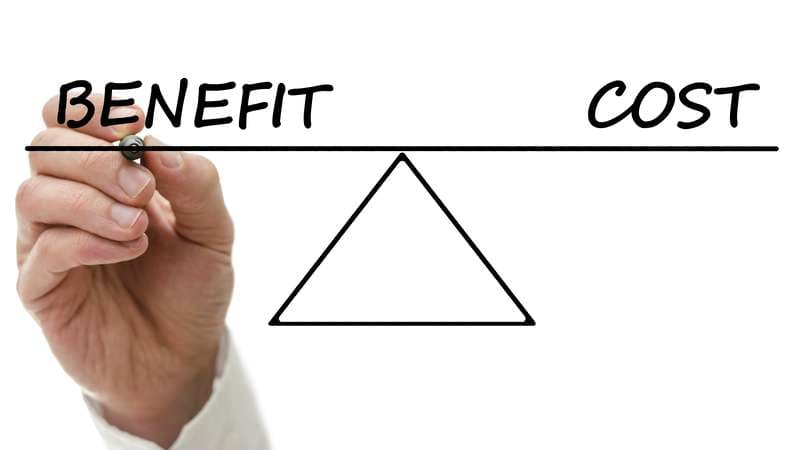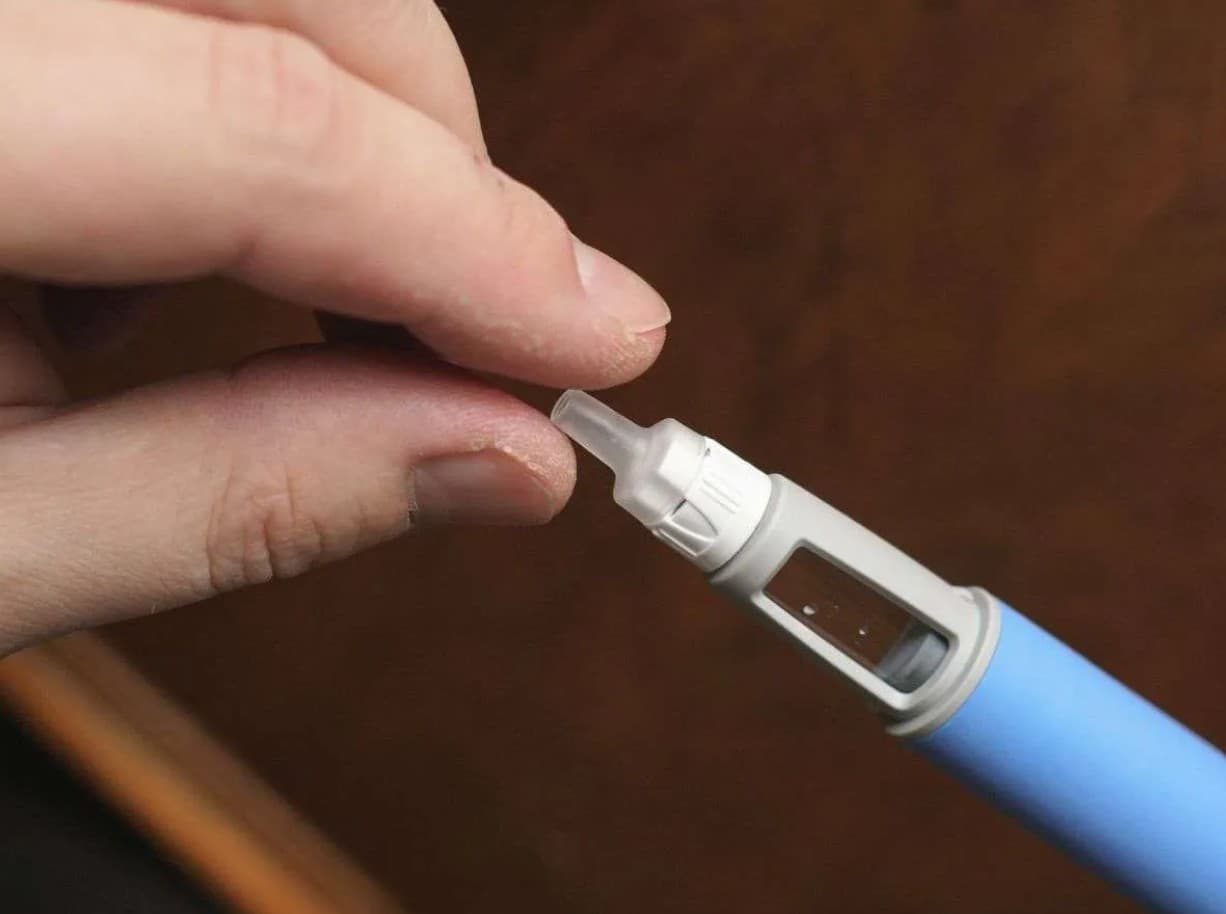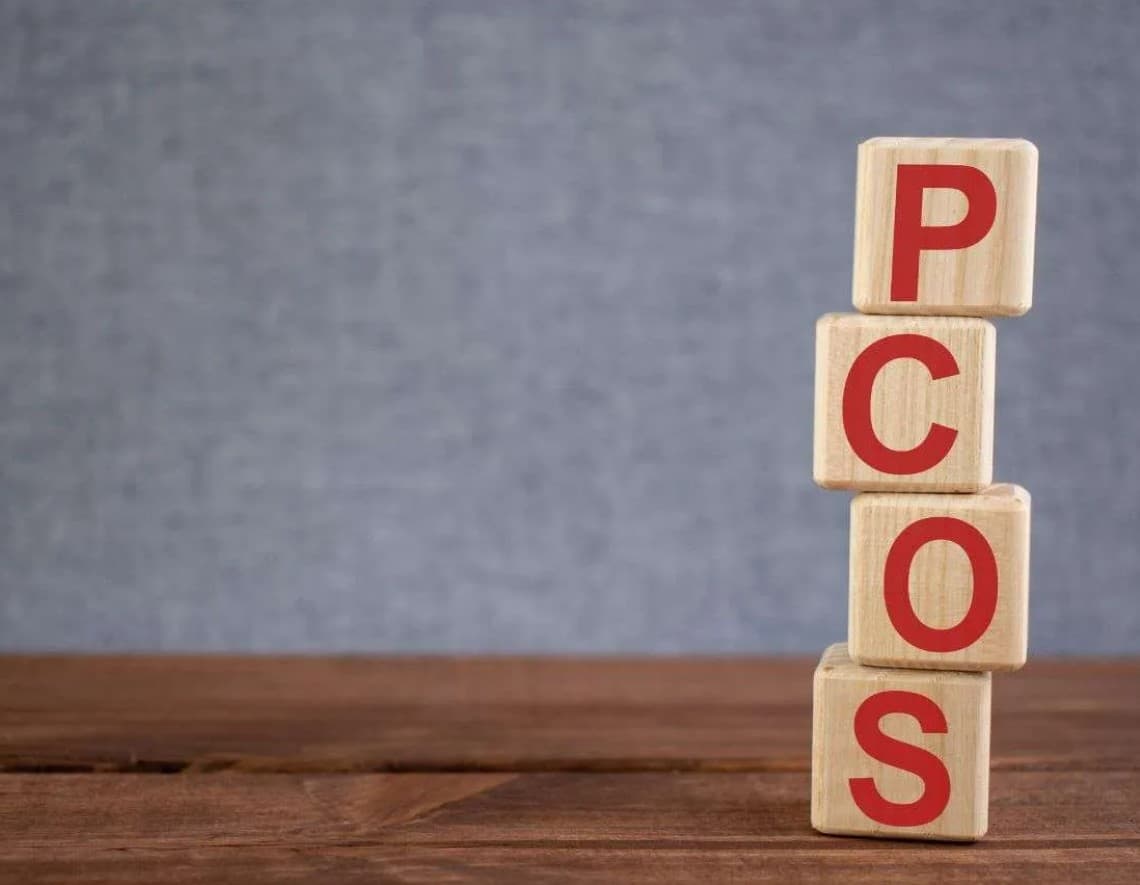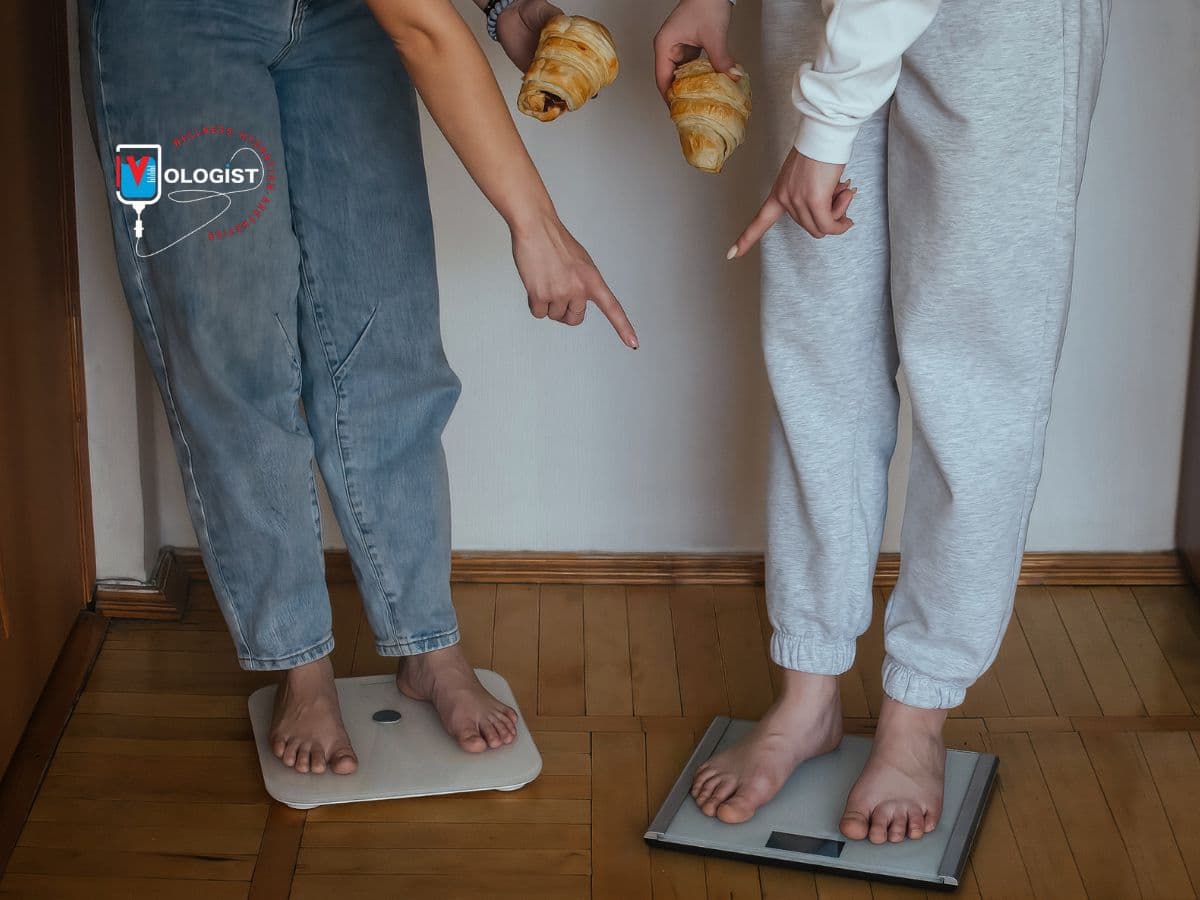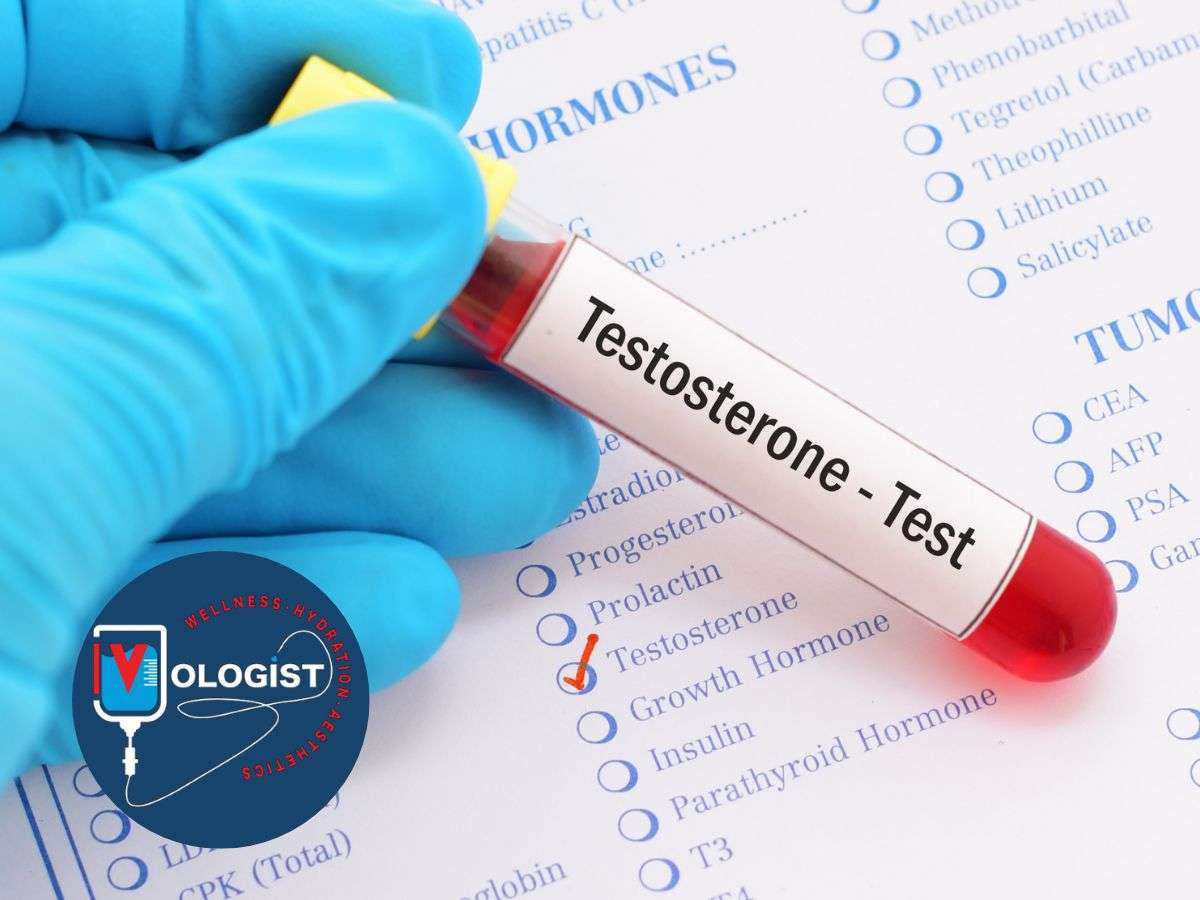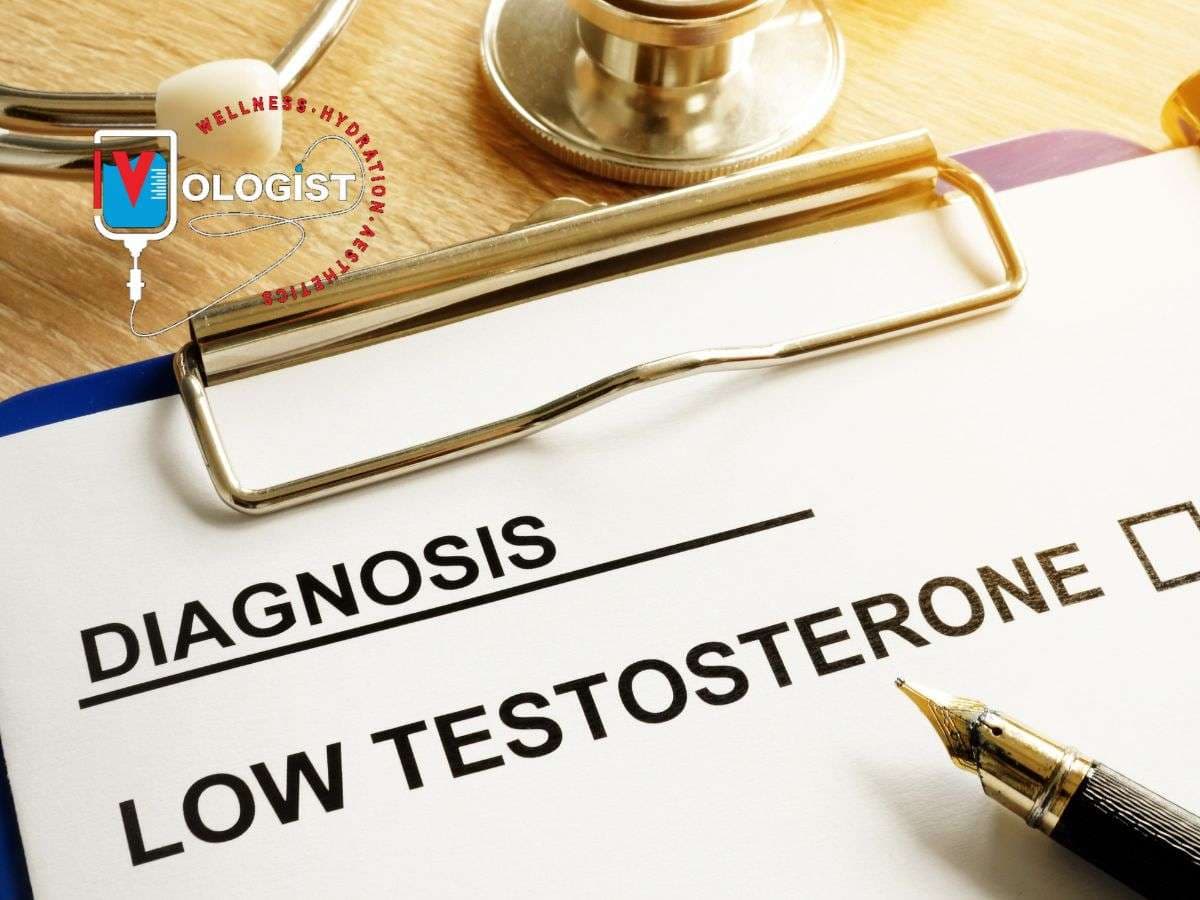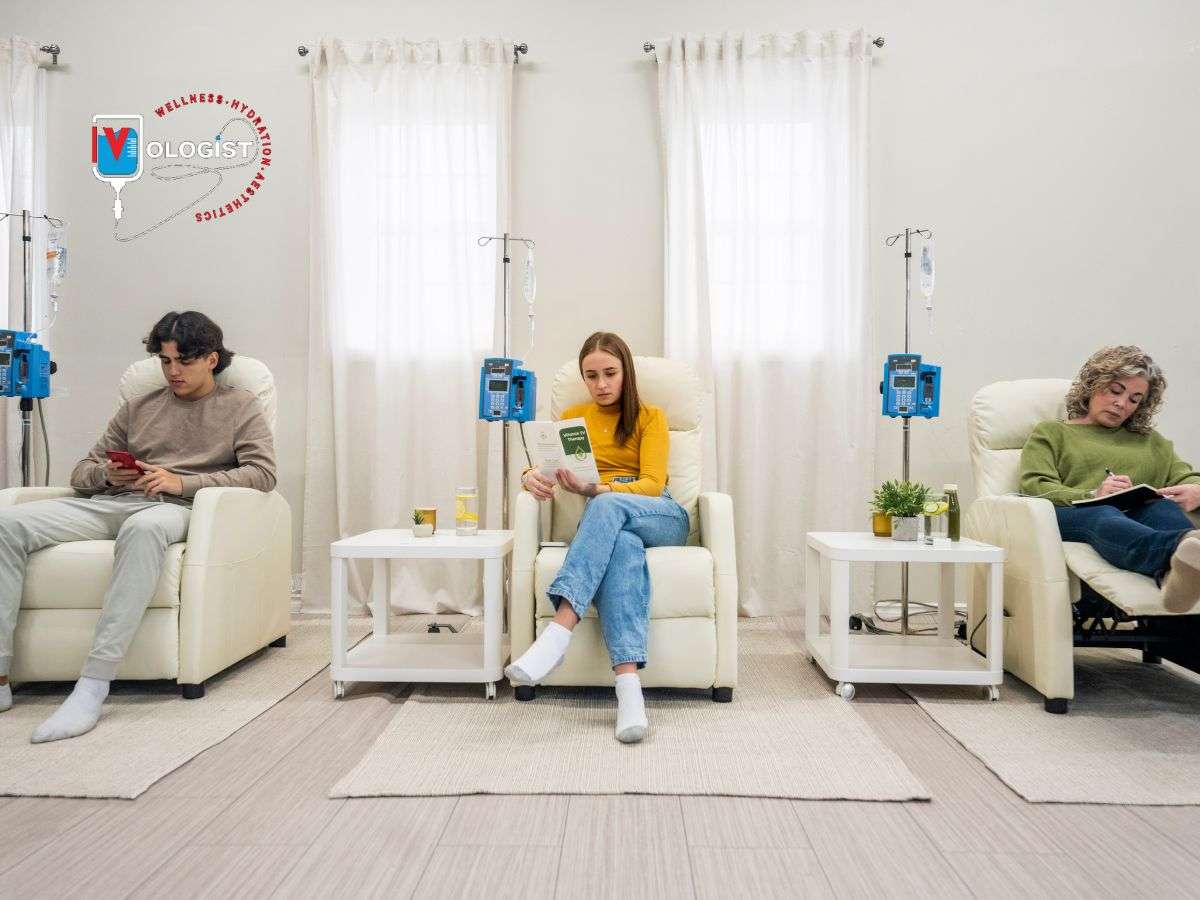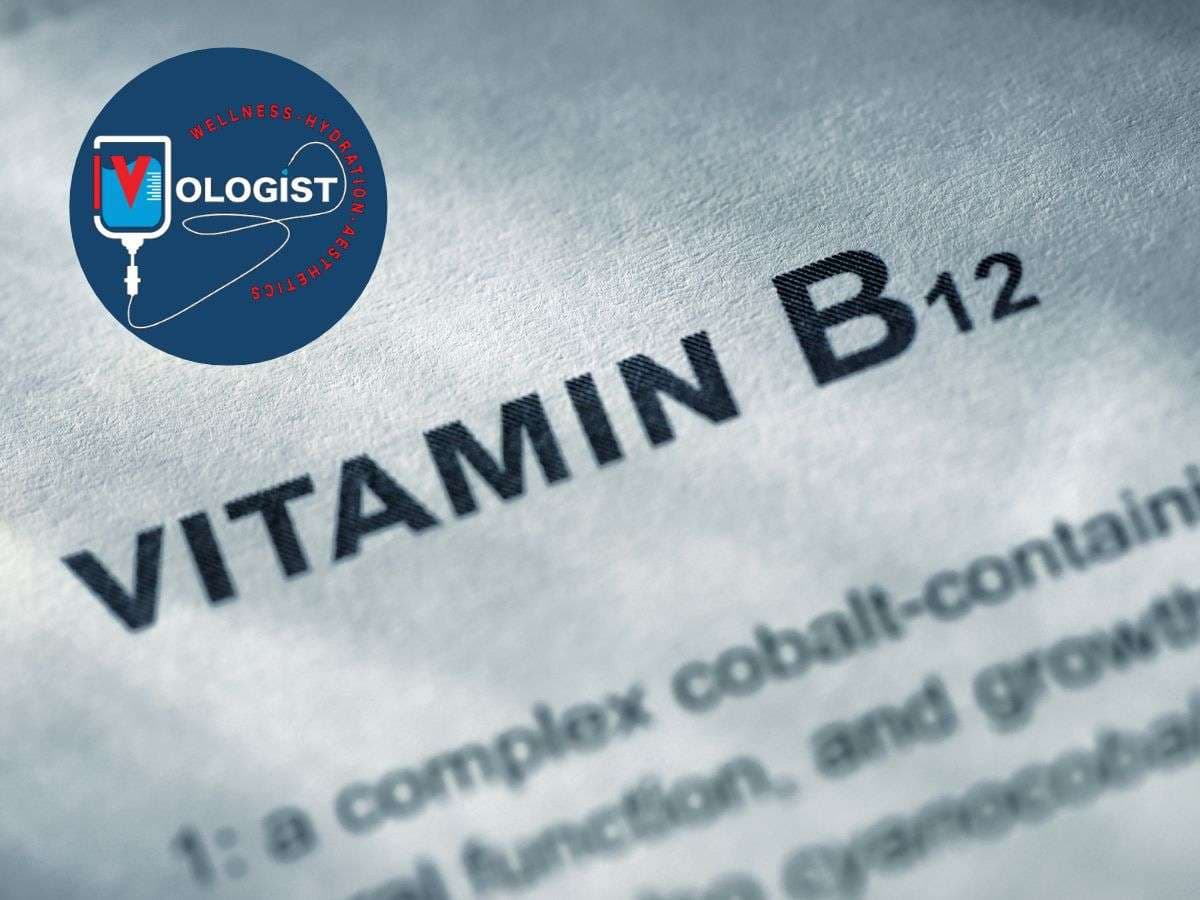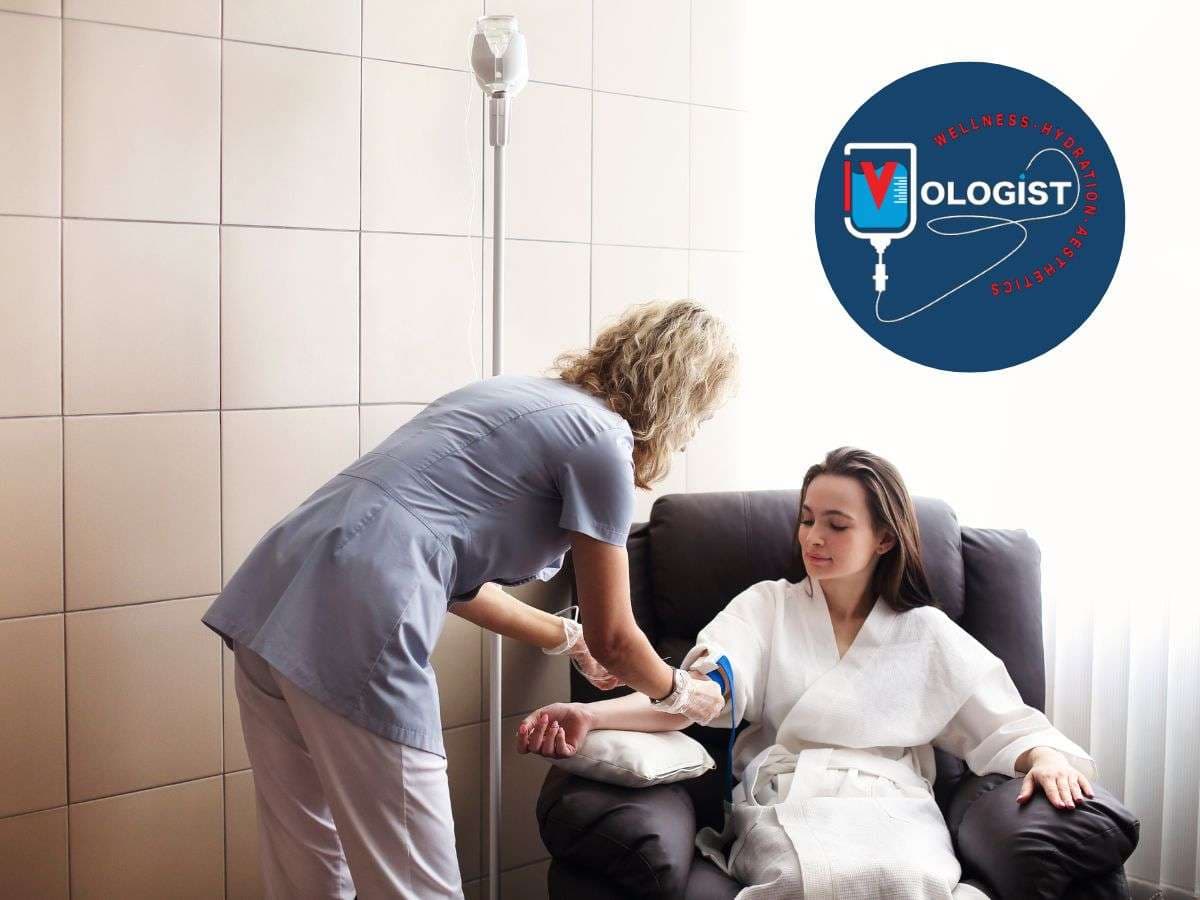What Are GLP-1 Drugs and How Do They Work?

An Introduction to GLP-1 Medications
GLP-1 medications, such as Wegovy and Ozempic, belong to a class of drugs called glucagon-like peptide-1 receptor agonists. Initially developed to treat type 2 diabetes, they have gained popularity for their effectiveness in promoting weight loss. These medications work by mimicking the naturally occurring GLP-1 hormone, which helps regulate appetite, insulin secretion, and blood sugar levels. By enhancing the feeling of fullness and reducing cravings, they empower individuals to adhere to a healthier, calorie-controlled diet.
Key Results You Can Expect
When integrated into a comprehensive weight loss strategy, GLP-1 drugs can lead to remarkable results. Studies show that users can achieve weight loss between 5-15% of their total body weight over a period of several months. However, the actual results may vary depending on factors such as medication dosage, dietary adherence, and an individual’s metabolic response.
GLP-1 medications are typically recommended for:
- Individuals with a BMI of 30 or higher.
- People with a BMI of 27 or above who also have weight-related conditions, such as hypertension or type 2 diabetes.
Their effectiveness is particularly beneficial for those who have struggled with traditional weight loss methods that rely solely on diet and exercise.
Powerful, But Not Without Risks
While GLP-1 drugs offer the promise of significant weight loss, they come with potential pitfalls. GLP-1 side effects may include nausea, vomiting, diarrhea, and other gastrointestinal issues. For example, some people might experience delayed gastric emptying, which could lead to bloating or discomfort.
- Mechanism of action: GLP-1 drugs replicate hormones that signal your brain to reduce appetite and regulate blood sugar.
- Common side effects: These include nausea, diarrhea, and, in rare cases, more serious digestive complications.
Understanding these risks is critical. Regular consultations with your healthcare provider can help manage side effects and ensure the treatment is tailored to your specific health needs.
By grasping the benefits and challenges of GLP-1 medications, you’ll be equipped to make an informed decision about whether they align with your weight loss goals. With the right approach, these drugs can be a powerful part of your weight management toolkit, but awareness of GLP-1 side effects is essential for a safe and successful journey.



